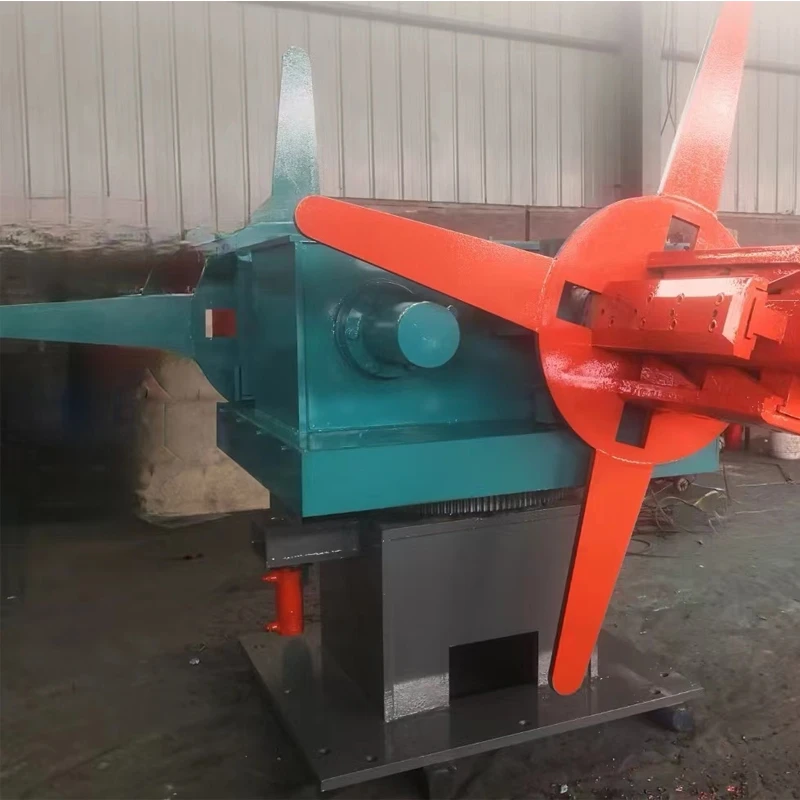ibr sheet making machine
The Evolution and Importance of IBR Sheet Making Machines
In the realm of modern construction and industrial applications, IBR (Inverted Box Rib) sheets have emerged as a popular choice for roofing and siding solutions. Their unique design, characterized by a series of inverted box-like ribs, offers a combination of aesthetic appeal and structural integrity. To meet the growing demand for these versatile sheets, IBR sheet making machines have become an essential component in manufacturing processes. This article explores the evolution, significance, and operational intricacies of IBR sheet making machines.
The Evolution of IBR Sheets
The journey of IBR sheets dates back several decades when the need for durable, lightweight, and cost-effective roofing solutions became increasingly evident in various industries. Initially made from traditional materials such as wood and clay, the demand for stronger and more resilient materials led to the development of metal sheets. Galvanized steel, in particular, gained popularity due to its corrosion resistance and durability. As architectural designs evolved, so did the need for innovative sheet profiles that could provide better water drainage and aesthetic value, leading to the invention of IBR sheets.
The Role of IBR Sheet Making Machines
To produce IBR sheets efficiently, specialized machines are required. The IBR sheet making machine is designed to convert flat metal sheets into the desired ribbed profile through a series of intricate processes. These machines are equipped with advanced technology, enabling them to perform tasks such as sheet cutting, forming, and profiling in an automated manner, ensuring consistent quality and production efficiency.
Components of IBR Sheet Making Machines
IBR sheet making machines typically consist of several key components
1. Uncoiler This section of the machine holds the metal coil and feeds it into the forming unit. The uncoiler ensures that the material is dispensed smoothly and continuously.
2. Forming Stations These are the heart of the machine, where the flat sheet is gradually bent and shaped into the IBR profile. Multiple rollers are arranged in a specific configuration to achieve the desired rib height and width.
3. Cutting Unit After the sheet has been formed, it is cut to the required length using a precision cutting mechanism. This ensures that each sheet meets specific dimensional requirements for building applications.
4. Control System Modern IBR sheet making machines are equipped with advanced control systems that allow operators to monitor and adjust various parameters, such as speed, pressure, and temperature, ensuring precise production quality.
Advantages of Using IBR Sheet Making Machines
ibr sheet making machine

The implementation of IBR sheet making machines in manufacturing facilities offers several advantages
- Efficiency Automation significantly reduces production time and labor costs. Fast processing ensures that manufacturers can meet high demand without compromising quality.
- Consistency With automated precision, each sheet produced is uniform in size and quality, reducing material waste and ensuring structural integrity in applications.
- Customization Modern machines allow for customization of sheet profiles and dimensions, catering to specific customer needs and architectural designs.
- Durability The ability to use high-quality metals ensures that the final product is resilient, capable of withstanding environmental challenges, and suitable for long-term use.
Applications of IBR Sheets
IBR sheets find widespread use in various sectors, including
- Residential Construction They are commonly used in roofing and wall cladding due to their lightweight nature and aesthetic appeal.
- Industrial Buildings Warehouses and factories often utilize IBR sheets for their durability and ease of installation.
- Agricultural Structures Farmers use IBR sheets for barns and storage facilities, benefiting from their weather resistance and low maintenance needs.
Conclusion
As the demand for IBR sheets continues to grow, the significance of IBR sheet making machines in the manufacturing industry cannot be overstated. With their ability to produce high-quality, customized sheets efficiently, these machines play a vital role in ensuring that the construction and industrial sectors have reliable materials for their projects. The evolution of technology in this field promises further advancements, allowing manufacturers to meet the evolving needs of the market while driving down costs and enhancing sustainability.
The future of IBR sheet production looks bright, marked by innovation and a commitment to delivering high-performing materials that contribute to safer and more sustainable building practices.
-
High Frequency Straight Seam Welded Pipe Production Line-BzZhou Xinghua Machinery Equipment Manufacturing Co., LTD.|Precision Welding, High EfficiencyNewsJul.30,2025
-
High Frequency Straight Seam Welded Pipe Production Line|BzZhou Xinghua|Precision Welding&EfficiencyNewsJul.30,2025
-
High Frequency Straight Seam Welded Pipe Production Line - BzZhou Xinghua|Precision Engineering&EfficiencyNewsJul.30,2025
-
High-Frequency Straight Seam Welded Pipe Production Line-BzZhou Xinghua Machinery Equipment Manufacturing Co., LTD.NewsJul.30,2025
-
High-Frequency Straight Seam Welded Pipe Production Line-BzZhou Xinghua Machinery Equipment Manufacturing Co., LTD.|Precision Manufacturing, High EfficiencyNewsJul.30,2025
-
High Frequency Straight Seam Welded Pipe Production Line-BzZhou Xinghua Machinery Equipment Manufacturing Co., LTD.|Precision Steel Pipe Manufacturing&Industrial EfficiencyNewsJul.29,2025


